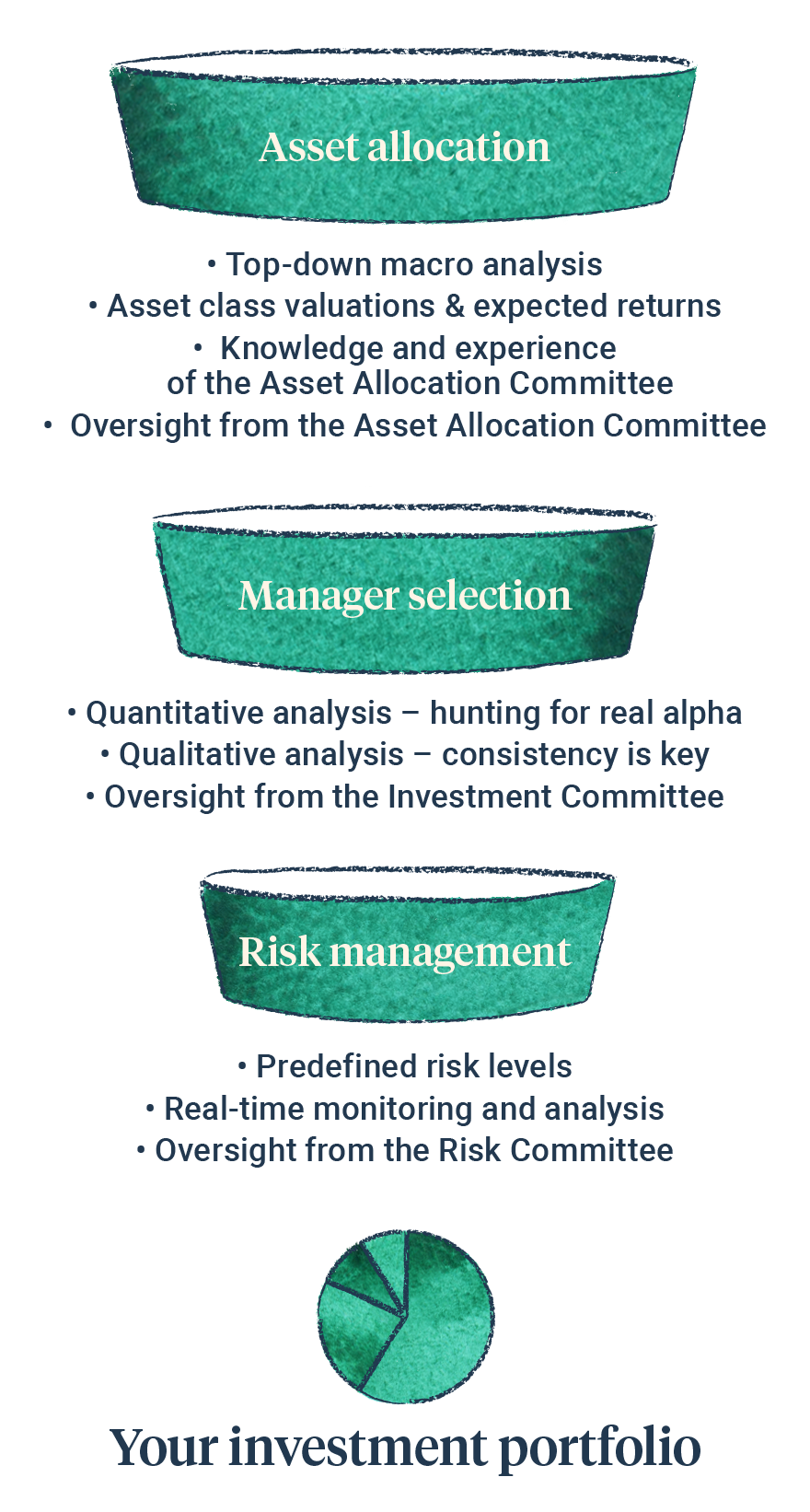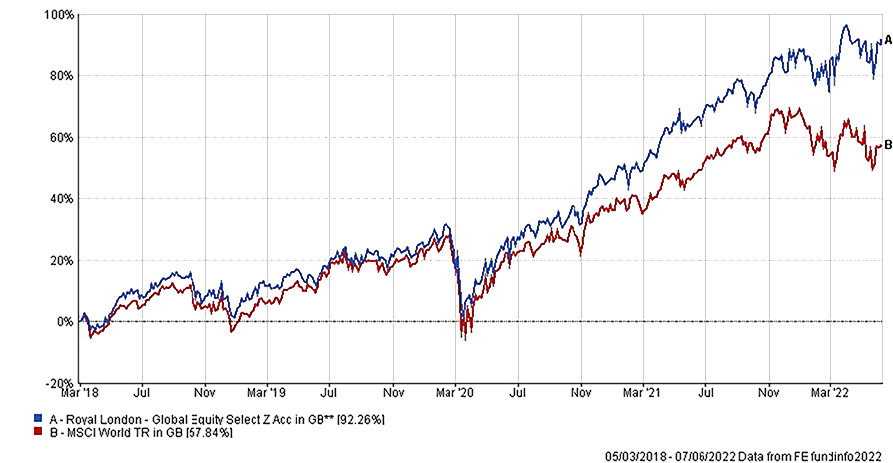Growth (economic)
War in Europe, lockdowns in China, tougher financial conditions, and high inflation. These factors have caused the growth outlook to deteriorate and have increased the risk of recession. World GDP estimates have reduced, but remain positive and above the long-term average, estimated at 3.3% this year and next, 3.1% in 2024, reflective of a business cycle that is maturing rather than ending.
Interest rate & liquidity environment
Interest rates are rising in the West but easing in the East (China and Japan). Financial conditions have tightened markedly, especially in the US. Liquidity is falling as central banks reduce the size of their balance sheets (unwinding QE).
Valuations & earnings outlook
Given recent falls, most equities are trading more cheaply than at the start of the year. Parts of Europe and Japan look particularly cheap. However, the US market is still above long-term averages so not unambiguously cheap yet. Corporate earnings are broadly stable, despite the tougher conditions, as better quality companies appear able to pass on higher input costs thereby maintaining margins.
Sentiment / flows
Sentiment has been hit by the aggressive market repricing and the confluence of major structural themes. Cash levels amongst institutions are higher than normal, and some fund manager sentiment surveys are at all-time lows although US retail flows remain strongly positive.








